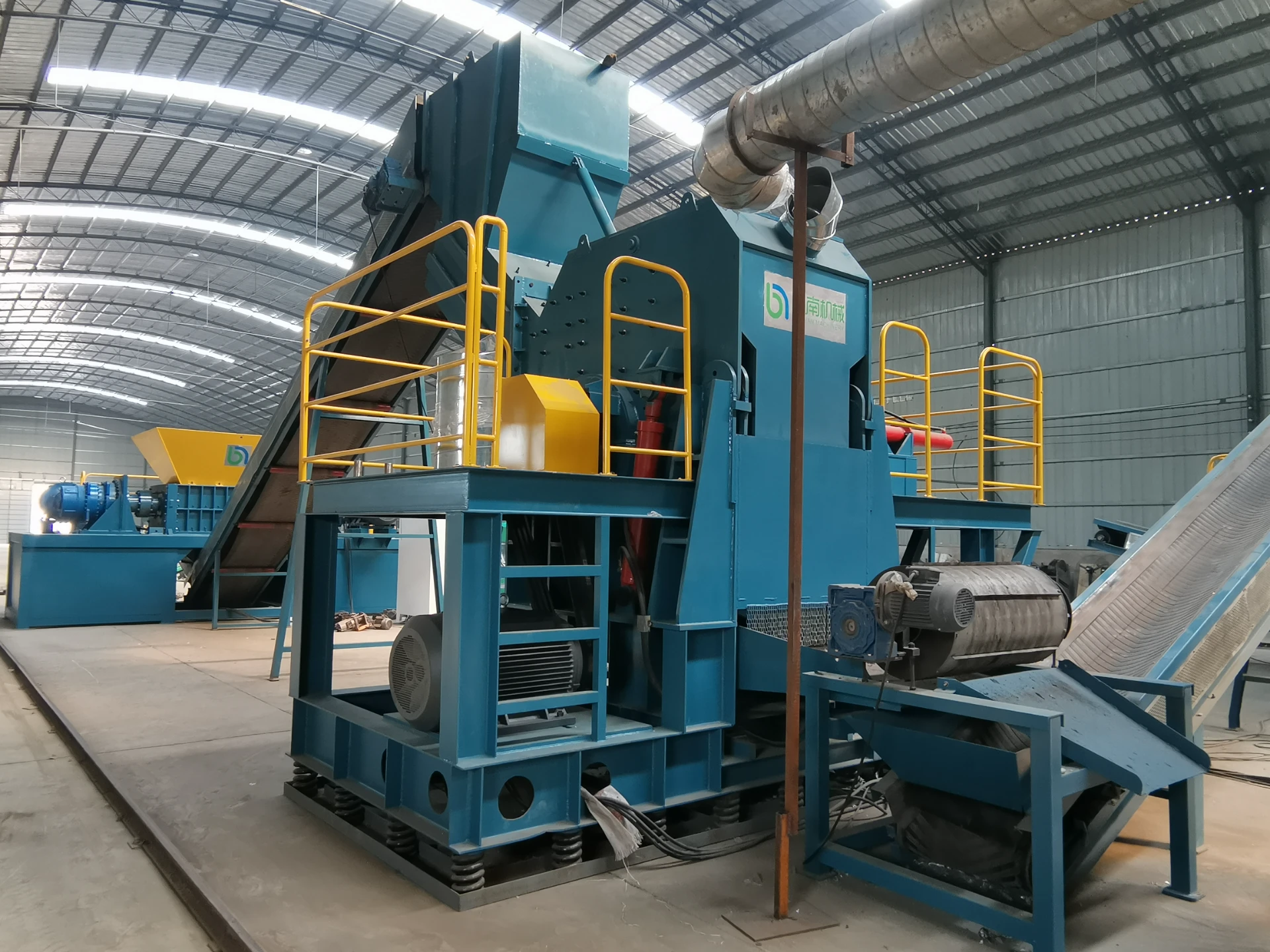
9 月 . 28, 2024 18:06 Back to list
How to Recycle Computer Boards A Comprehensive Guide
In today's technology-driven world, electronic waste (e-waste) poses a significant environmental challenge. Among the many components of e-waste, computer circuit boards are particularly complex, comprised of various metals, plastics, and other materials. Properly recycling computer boards not only helps in reclaiming valuable resources but also reduces pollution and the environmental impact associated with electronic waste. Here's a detailed guide on how to recycle computer boards effectively.
Understanding Computer Boards
Computer boards, such as motherboards and graphics cards, are found in almost every electronic device, including desktops, laptops, and servers. These boards contain valuable materials like gold, silver, copper, and tantalum, which can be reclaimed through recycling processes. However, improper disposal of these boards can lead to environmental hazards due to the toxic substances they may contain, such as lead, mercury, and cadmium.
Step 1 Preparation for Recycling
Before you can recycle your computer boards, it's essential to prepare them for the process
1. Data Wiping If you are recycling a computer or device that stored sensitive information, ensure that you wipe the data from the hard drives and any other storage units. Utilize software designed for secure data deletion to prevent unauthorized access to your personal information.
2. Remove Non-Metal Components Carefully dismantle the device to extract the circuit boards. Remove any non-metal components like plastics and rubber, which may not be recyclable with the board itself.
3. Compliance with Local Laws Familiarize yourself with local e-waste recycling regulations. Some regions have specific guidelines and designated facilities for e-waste recycling, including computer boards.
Step 2 Finding a Recycling Facility
Once you’ve prepared the computer boards, the next step is to find a suitable recycling facility
1. Locate E-Waste Recyclers Search for local e-waste recycling centers. Many municipalities offer designated drop-off locations for electronic waste. You can also look for specialized e-waste recycling companies that focus on recovering materials from computer boards.

2. Check for Certifications Ensure the recycling facility is certified by regulatory organizations, such as the e-Stewards or R2 standards. These certifications ensure that the recycling process meets environmental and safety standards.
3. Consider Take-Back Programs Many manufacturers and electronic retailers have take-back programs, allowing you to return old electronics for safe recycling. Check if the brand of your device offers such a program.
Step 3 The Recycling Process
Once you’ve dropped off your computer boards at a recycling facility, the recycling process typically follows these steps
1. Sorting and Shredding The boards are sorted based on material types and then shredded into smaller pieces to facilitate further processing.
2. Separation Advanced technologies, such as air classification and water separation, are used to separate metals from plastics and other materials.
3. Recovery Valuable metals are extracted through various chemical processes or smelting operations, allowing for their reuse in new products.
4. Safe Disposal of Toxins Any hazardous substances found in the boards are safely disposed of following environmental regulations.
Step 4 Educating Others
Once you've recycled your computer boards, consider sharing your knowledge with friends and family to promote e-waste recycling. Raising awareness about the importance of properly recycling electronic waste can help create a more sustainable approach to technology usage and waste management.
Conclusion
Recycling computer boards is not only beneficial for the environment but also helps in reclaiming valuable resources. By following the steps outlined above, you can ensure that your electronic waste is disposed of responsibly and sustainably. Taking the time to recycle computer boards correctly will contribute significantly toward reducing e-waste and promoting a greener planet. So, the next time you upgrade your technology, remember the importance of recycling your old devices!
Latest news
Unveiling the Power of Eddy Current Separator
NewsSep.25,2024
Transform Your Home Recyclin:home metal shredder
NewsSep.25,2024
The Future of Waste Management with Recycling Line Picker
NewsSep.25,2024
The Benefits of a Metal Recycling Plant
NewsSep.25,2024
Revolutionize Material Separation with Onwang Technology
NewsSep.25,2024
Innovative Waste Management: Unveiling the MSW Sorting Plant
NewsSep.25,2024